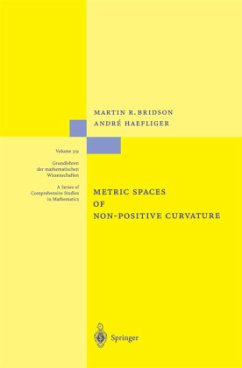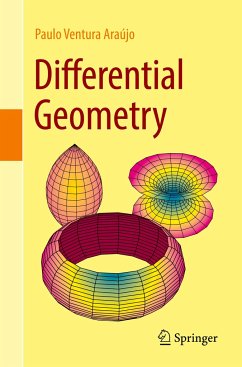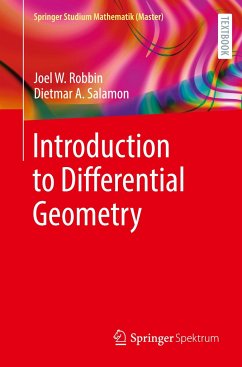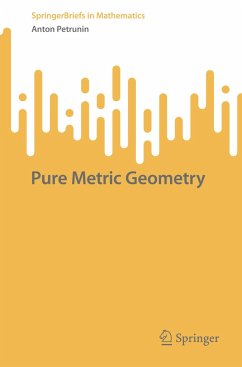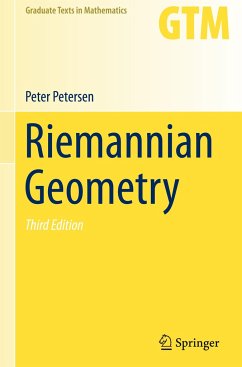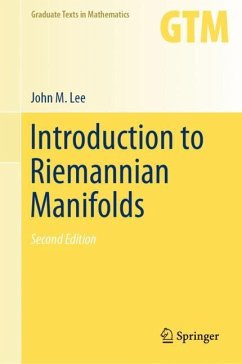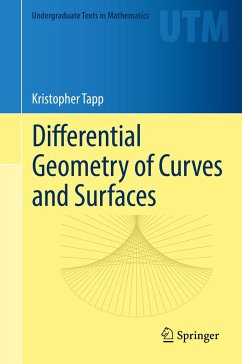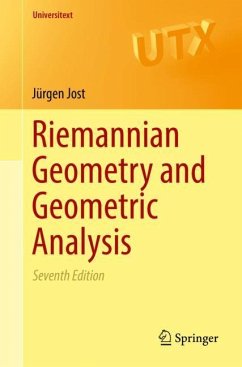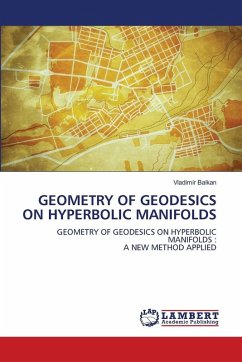
GEOMETRY OF GEODESICS ON HYPERBOLIC MANIFOLDS
GEOMETRY OF GEODESICS ON HYPERBOLIC MANIFOLDS :A NEW METHOD APPLIED
Versandkostenfrei!
Versandfertig in 6-10 Tagen
29,99 €
inkl. MwSt.

PAYBACK Punkte
15 °P sammeln!
The presented work is a research in the field of the geometry of two-dimensional hyperbolic (equipped with a metric of constant negative curvature) manifolds. We introduce a new method (a way) to describe the global behavior of geodesics on hyperbolic manifolds of dimension two. We use this construction (method of colour multilaterals ), to investigate typical behavior of geodesics on a arbitrary hyperbolic surfaces of signature . Applications and future direction are discussed. For this purpose, with the help of proposed practical approach at first:1) we obtain a complete classification of al...
The presented work is a research in the field of the geometry of two-dimensional hyperbolic (equipped with a metric of constant negative curvature) manifolds. We introduce a new method (a way) to describe the global behavior of geodesics on hyperbolic manifolds of dimension two. We use this construction (method of colour multilaterals ), to investigate typical behavior of geodesics on a arbitrary hyperbolic surfaces of signature . Applications and future direction are discussed. For this purpose, with the help of proposed practical approach at first:1) we obtain a complete classification of all possible geodesics on the simplest hyperbolic 2-manifolds (hyperbolic horn; hyperbolic cylinder; parabolic horn (cusp)); 2) describe the behavior of geodesics on the following cases: a) on a genus two hyperbolic surface (double-glued from two pair of pants); b) we investigate the typical behavior of geodesic on a compact closed hyperbolic surface without boundary (general case); c) on a hyperbolic surface of genus g and with n boundary components; d) on a hyperbolic 1- punctured torus; e) on a generalized hyperbolic pants; f) on a hyperbolic thrice-punctured sphere; in general case: g) for any (oriented) punctured hyperbolic surface M of genus g and k punctures; in the most general case: h) behavior of geodesic on any hyperbolic surface of signature (with genus g, n boundary components and k cusps).




